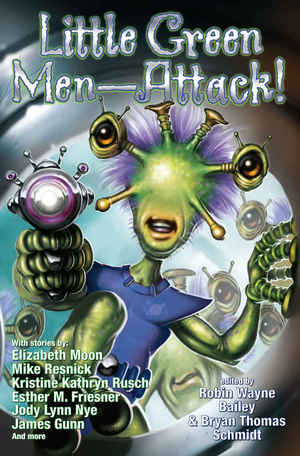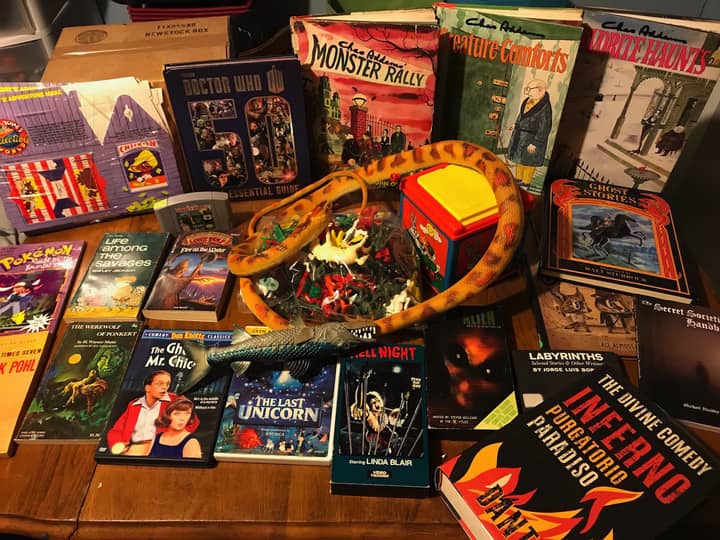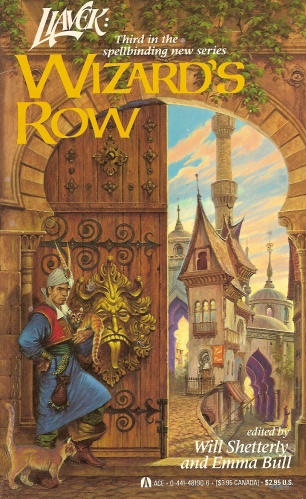Son of Tall Eagle by John R. Fultz
The tree was a god with a thousand arms.
Crawling on its skin I was less than an ant.
I had come to the khaba forest to hunt the Ghost Serpent. For six days I tracked it across the high realm of branch and leaf. I followed it past the ruined wrecks of Opyd nests and skeletal remnants of its former victims. I watched it stalk and devour a wounded jaguar, swallowing the carcass whole. Eventually I followed the great snake to one particular Tree God among the leafy millions. The one that was its home.
So begins John R. Fultz’s new book, Son of Tall Eagle (2017), sequel to The Testament of Tall Eagle (2015). The tale, a model of .swords & sorcery precision, picks up the story of the People, a tribe of Native Americans, 22 years after they were transported by the alien Myktu to their world in order to avoid their mutual destruction. This new home is a land of crystalline mountains, titanic trees, and other, non-human, races.
Once known for his great prowess as a warrior, Tall Eagle has become a passionate student of the Myktus’ advanced civilization, and endeavors to help lead the People into a new age of peace and growth away from the continuous all-consuming Circle of War. The Circle of War is Tall Eagle’s name for the cycle of raiding that occurred between the People and their enemies in the Old World. Now, the People are farmers and some have even given their children Myktu names. Others have taken Myktu spouses, creating a hybrid people. (Aside: technically, this might really be a sword & planet story, but there’s enough magic for me count it as S&S.)
To a great extent, Tall Eagle’s efforts have been successful. Instead of gaining a reputation for audacity in battle, his son, Kai, is known for his skill as a hunter and one of the rare non-Myktu able to ride their giant birds, the Opyds. The birds allow themselves to be ridden only by those they choose, and Kai is one of those few. He is the embodiment of his father’s aspirations for the People: brave but undesirous of being a warrior; instead, a man of peace with a foot in the Myktu world as well as the People’s.
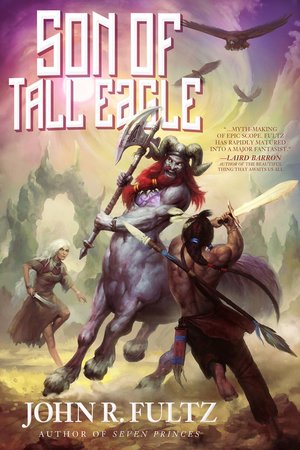
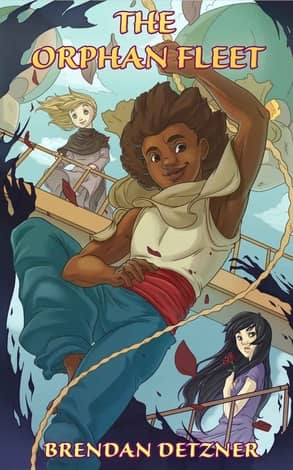

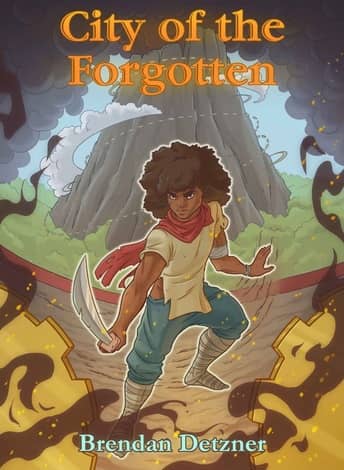
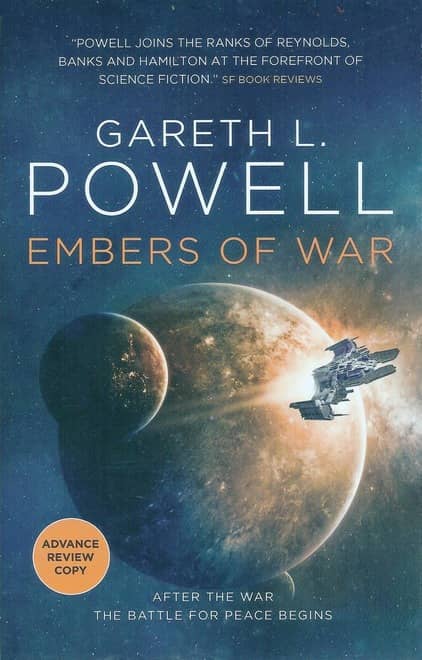
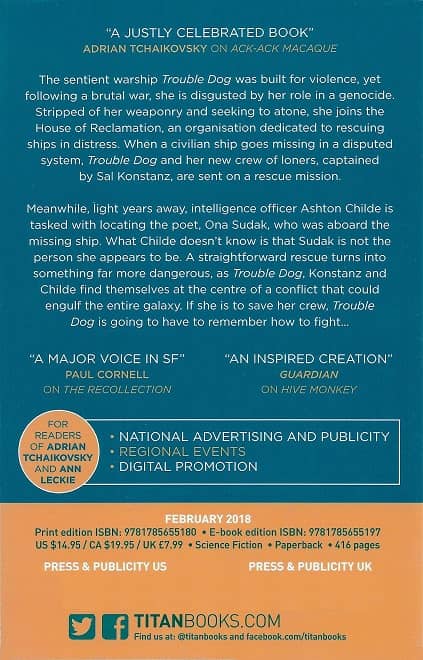
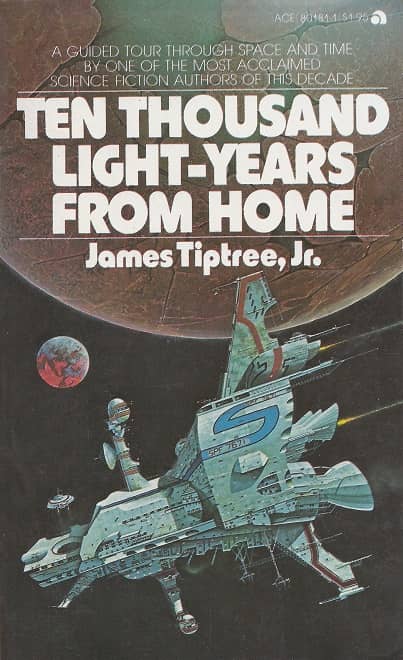
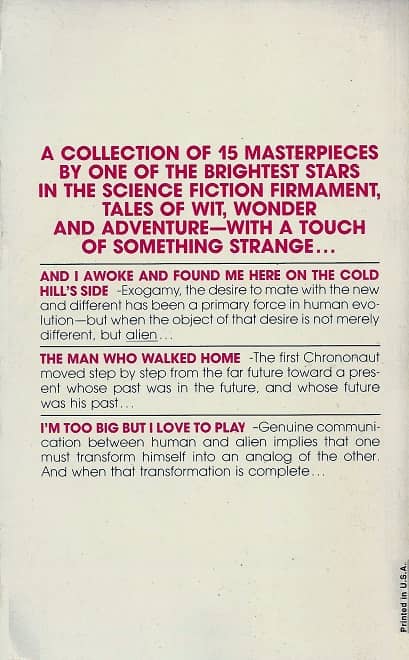
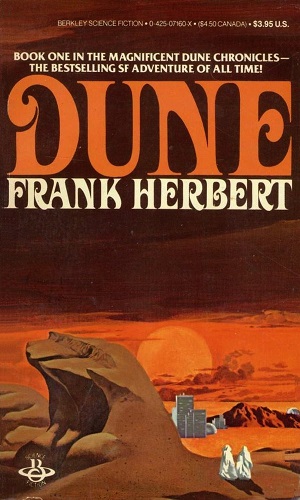
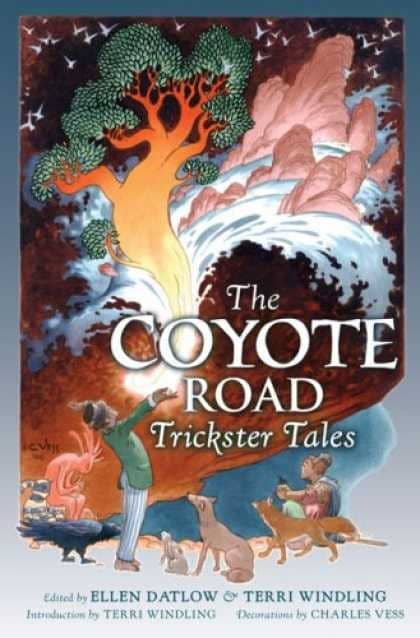
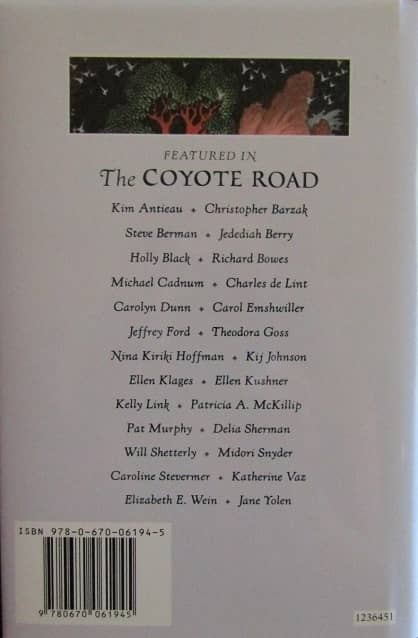
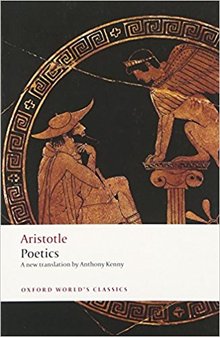 There was a time when genre in fiction writing wasn’t quite the crowded mishmash of categories and sub-categories, and sub-sub-categories that we’re faced with now, which in any case double in number with the use of the prefix “YA.” There are so many that sometimes it gets difficult to decide which one you’re writing – or reading for that matter.
There was a time when genre in fiction writing wasn’t quite the crowded mishmash of categories and sub-categories, and sub-sub-categories that we’re faced with now, which in any case double in number with the use of the prefix “YA.” There are so many that sometimes it gets difficult to decide which one you’re writing – or reading for that matter.